Billy Gibbons reveals tone secrets, Hendrix's Strat tips and Clapton's confession
A rare chat with ZZ Top's Texan blues rock god

Introduction
We gets some blues wisdom from the coolest of all cats: fuzz-faced ZZ Top overlord, Billy Gibbons…
It’s growing close to five decades since that little ol’ band from Texas started forcing the blues into directions new - injecting a new sense of danger to the trusty pentatonic scale. And still, their guitarist and leader Billy Gibbons continues to innovate, always searching for new ways to make his amps cook and bring those swampy sounds of the south to life.
The great American art-form known as blues enjoyed somewhat of a salvation by the unexpected embrace of the Brits
In this rare and exclusive interview, we’re invited to an audience with the sharp dressed man himself, where he reveals the secrets behind some of the most sizzling tones in blues history…
Blame it on the Brits
Billy explains where it all came from…
“This is my opportunity to highlight the importance, or perhaps rather place some of the blame on Great Britain.
“In the traditional sense, the great American art-form known as blues enjoyed somewhat of a salvation by the unexpected embrace of the Brits - who injected some extra horsepower and lifted the lid on a new, hot-rodded manner of blues presentation.
“And because of that, I think ferocity is definitely the right word to describe me stylistically! Included in my sonic mix, I guess, are trappings of Eric Clapton, Jeff Beck, Jimmy Page, Keith Richards, Mick Taylor, Peter Green and so on.”
Don't Miss
Billy Gibbons picks his standout moments from a 47-year career with ZZ Top
Billy Gibbons's 10 favourite blues albums of all time
Billy Gibbons talks ZZ Top: The Complete Studio Albums (1970-1990)
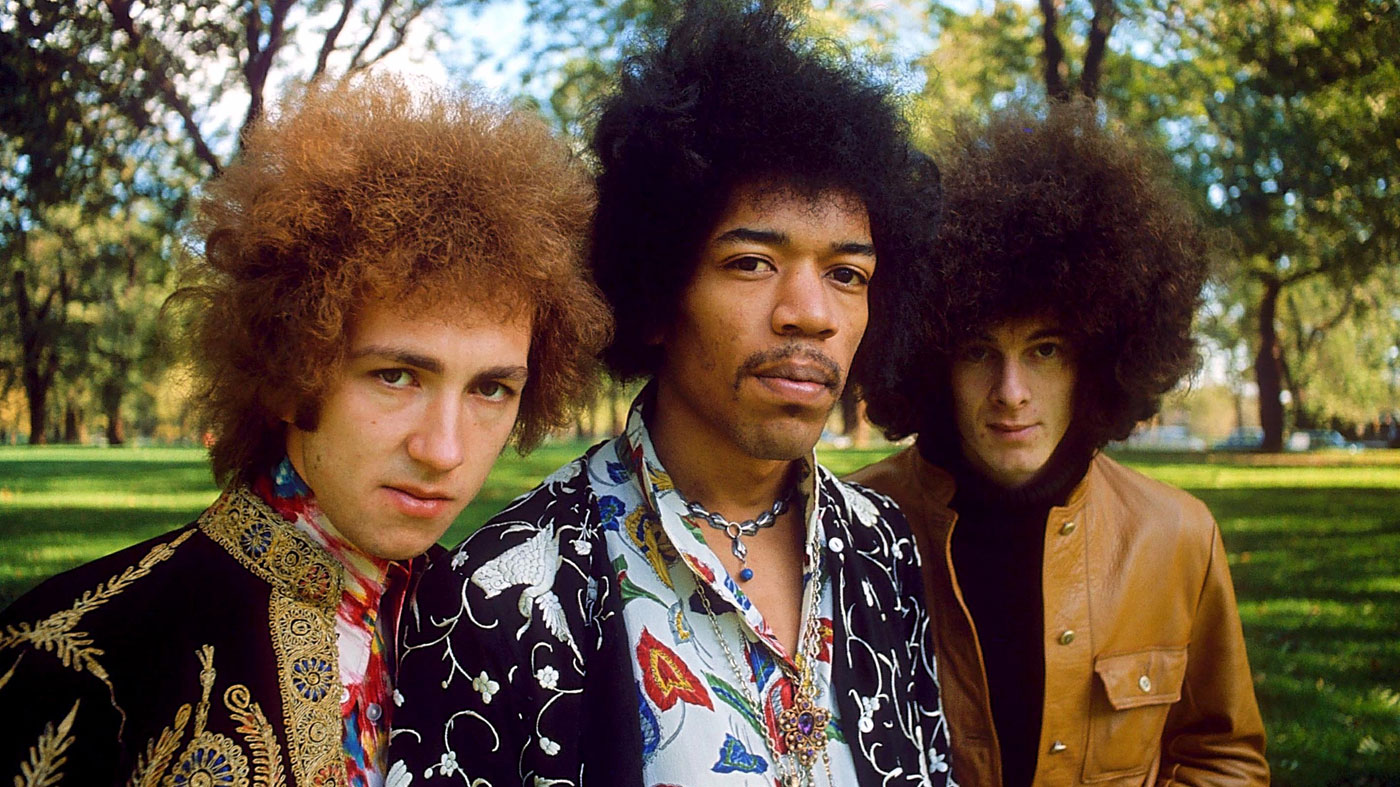
Voodoo Child
Who else can say they opened for Hendrix in their teens?
“In no way is Jimi Hendrix to be left out of the school of thought here. Having had the bonus of being befriended by Jimi when I joined the Experience tour, back when I was playing in [Gibbons’ early band] The Moving Sidewalks, I noticed offstage he was, quite surprisingly, somewhat of a shy character.
Jimi took the three-way toggle switch into five-way. I don’t think he was credited enough for that
“You could say he was almost a retiring person… until you put a guitar in his hands. And when he stepped into the light, it was a different story altogether. He became a showman and a guitar pyrotechnics extraordinaire. He was doing things with his Fender Stratocaster that certainly the designers never intended.
“Through his genius, the invisible became instantly visible. I took those late-night lessons right into the early days of ZZ Top to the present. And I suppose you could say, with all that backstage carousing in those days… well, not a moment was lost!
“Jimi took the three-way toggle switch into five-way. He’s the one that discovered the in-between positions and in order for that not to pop out of place, he showed me how to take off the back scratch plate and remove the spring within the toggle switch, so it would more or less stay in place! And that sound had this extra chimeyness to it.
“I don’t think he was credited enough for that… there were lots of little things about him, and all very important to how we see the Stratocaster or even the instrument in general through his applied skills.”
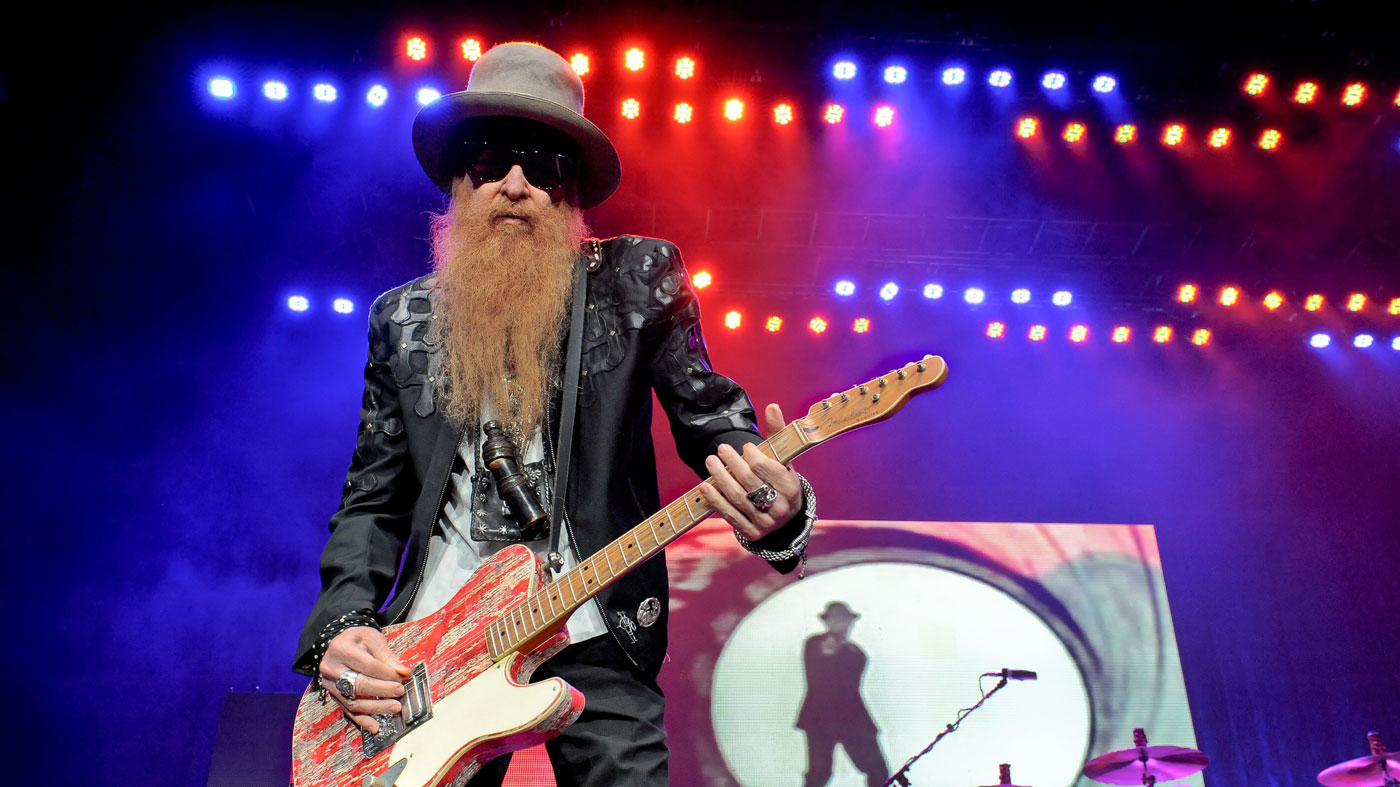
Viva la revolución
Why guitar playing really came into its own as the 70s dawned…
“Let’s start with the cornerstone of everything - the fine range of products that came from Marshall. When you couple the unexpected inventiveness of Hendrix with the unexpected marvels and vicious sounds of Marshall Amplification - there you have a combo that clearly still resonates today.
Nowadays when you see the Marshall logo as the window display in a ladies’ fine dress shop - you know you’ve arrived!
“I was with my good buddy Eric Johnson down in Austin recently, we had this big guitar player’s pow-wow alongside Jimmie Vaughan, Van Wilks, Derek O’ Brien, even Mike Flanagan, and we ended up all sitting around talking about just how - and here’s that word again - vicious the sound Marshall brought to the party actually was. They were incredibly crucial to it all.”
Vintage trouble
Using boutique brands to create that authentic vintage sound…
“When it comes to amp tone, there are some very successful recreations of the code that was cracked by Marshall back in the day. I mean you’ve got Dave Friedman down in Los Angeles, you’ve also got Mojave Ampworks from California, and of course Alexander Dumble, with his great sounding stuff.
“But there’s a lot to be said about the groundbreaking sounds that Marshall opened up early on. Nowadays when you see the Marshall logo as the window display in a ladies’ fine dress shop - you know you’ve arrived! [laughs] Talk about creating something that impacted things on a global scale…”
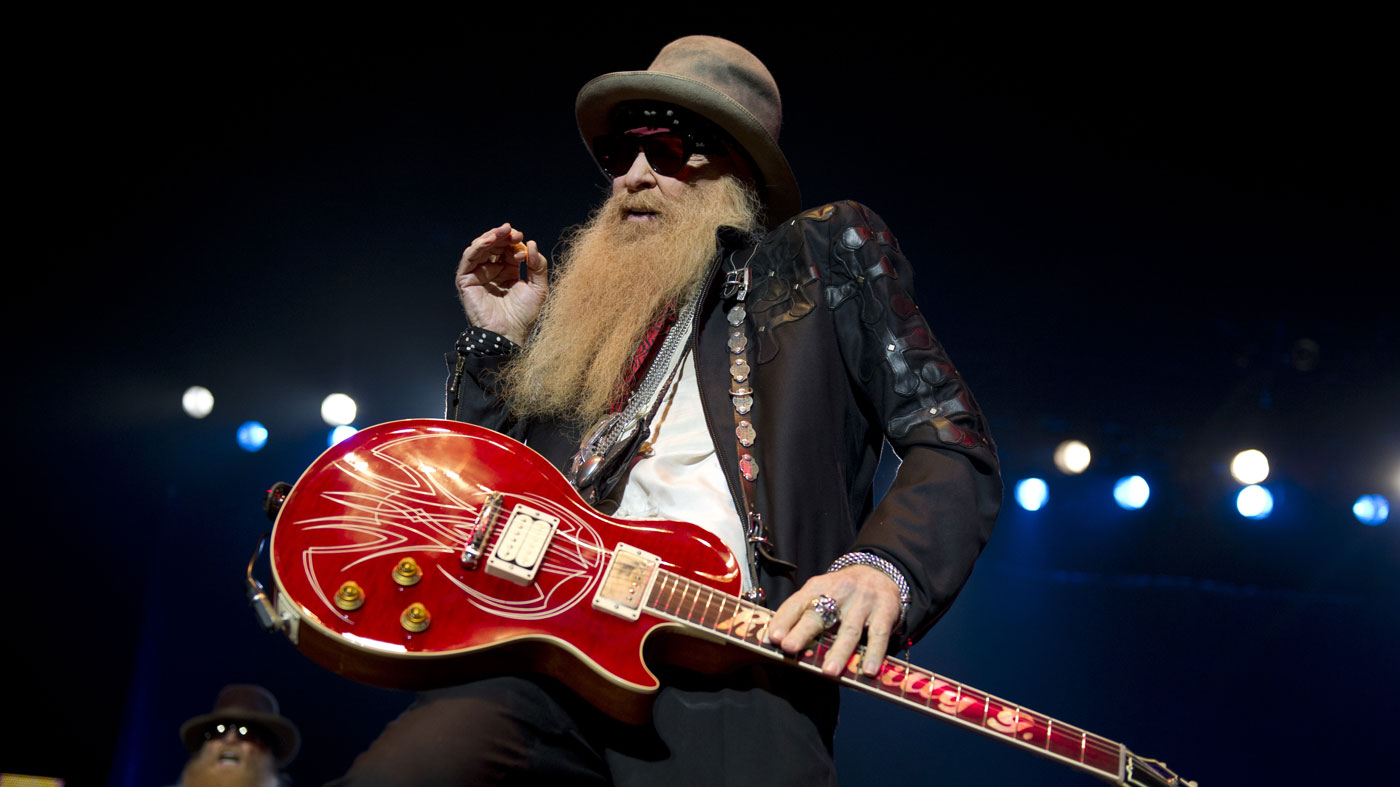
Tone monsters
Billy talks us through some of his current favourites…
“Over many years of playing there have been some truly fascinating discoveries in gear for me. Currently I’m using the Magnatone Super Fifty-Nine to power up some pretty massive sounds.
Currently I’m using the Magnatone Super Fifty-Nine to power up some pretty massive sounds
“In the studio, we’ve also found great satisfaction with the Blackstar Artisan. They make a pretty wide range of gear, but that one in particular is simple. It’s only an entry-level 15-watter with a single speaker, but it has this great sustain and depth.
“And oddly enough, from the beach town of Valencia, Spain, comes a couple of offerings from an outfit called Bigtone. They’ve got a 22-watt EL34-powered tube amp and a 50-watt that’s interchangeable with both EL34s and 6L6s. Those amps have got that clickety-click, chimey, elusive tone… quite close to what we heard from Clapton on his famous recordings with John Mayall on the Bluesbreakers LP.
“I’ve heard so many references to the specific sound on that record out there, in fact I’ve spoken with Clapton about that, and with a sly, comfortable grin he said, ‘It was just a personal preference - to be quite honest, it was only by chance the Marshall [JTM 45] got brought into the studio!’
“So with not much else to do, they got on with it and away they went, finishing the album. Fortunately, the recording process managed to truly capture what has now become a magical sound. I don’t really know if magical is even the right word, but you get the idea.”

El número uno
Miss Pearly Gates is not just a ’59 Les Paul, it’s the ’59 Les Paul…
“It was just a lucky draw [on my part]. Miss Pearly Gates must have been made on the right day, when the right amount of paint went on top of the right amount of wood and glue.
You can’t really say, ‘I need this model or that,’ it’s more important to understand that they’re all different
“There are so many variables day to day, you can pick 10 or 20 off any day’s production line in any factory - be it Fender, Gretsch, Gibson, whatever - at the end of the day, it’s wood from a tree. And even the same plank from the same tree will have cellular differences in its structure. For me at least, that’s where the fun begins! You can’t really say, ‘I need this model or that,’ it’s more important to understand that they’re all different.”
Pedals of honour
It takes a lot for a pedal to impress someone like Billy…
“We have made a couple of recent discoveries on something noteworthy. There is a new offering made by Paul Cochrane in Nashville, Tennessee, which is known as the ‘Timmy’ pedal. It’s got a bit of distortion available, but it’s more of a proper, overall sound booster.
“Quite humorously, I told him, ‘Yeah, but it’s definitely not for the timid!’ And actually, there’s another range of unexpected surprises to be found from an outfit based in former East Germany, called Okko FX.
“The model I really like is the 42 Boost, I think it’s really cool. We just played near Leipzig and bumped into the guy that builds them early before showtime, as he’s based nearby in between Dresden and Leipzig. We tried the 42 Boost and wound up taking a boxload of his stuff because it was just that good. For all the pedal freaks out there, I know if feels like there’s always a new one around every corner, but those two really are great.”
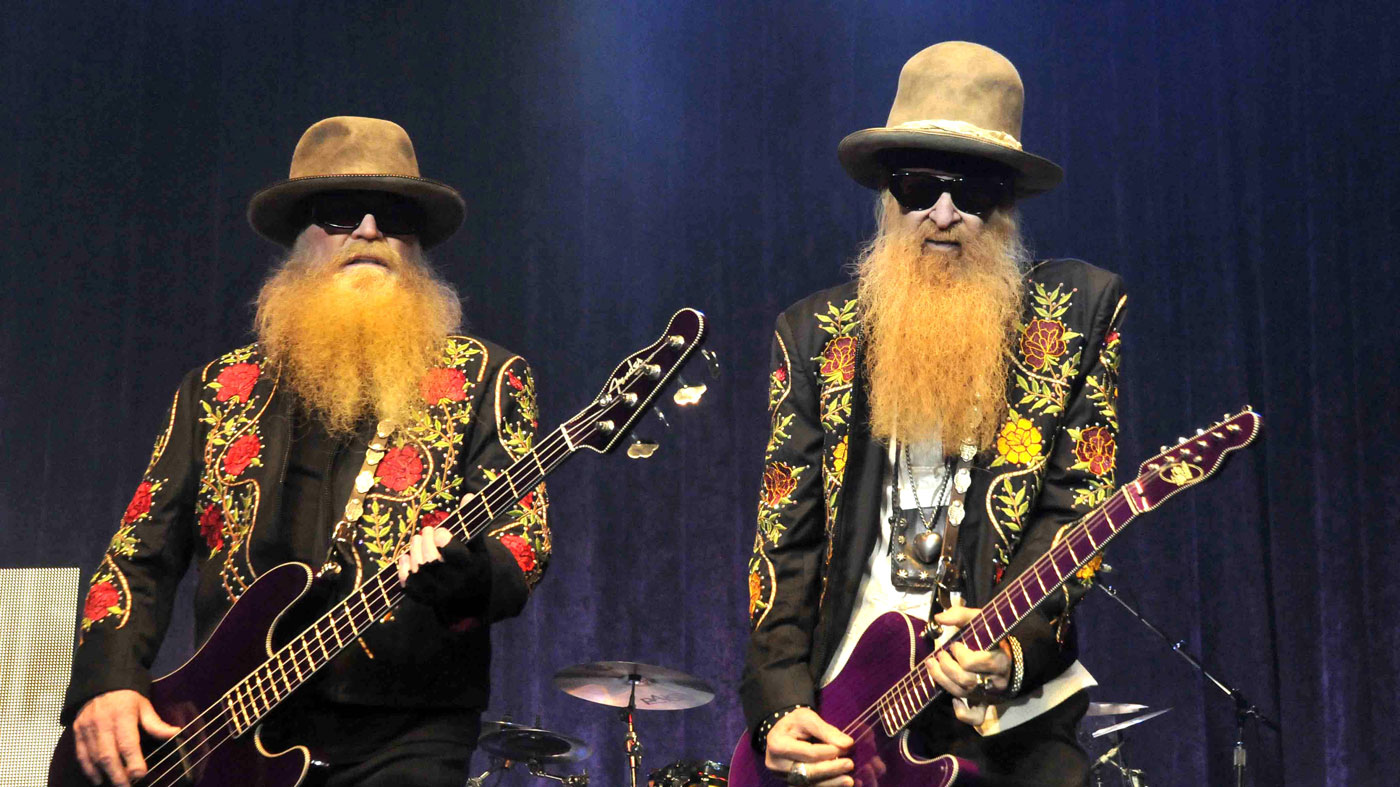
Stranger things
Experimenting with the latest advances in pickup technology…
“There’s a guy in California that’s started making a proper, easy-install replacement for the humbucking pickup. No holes required and no drilling. It’s called A Little Thunder and it’s a contraption that can identify the low notes on the guitar, say the E, A and D strings, and you can dial in either an octave or two octaves below.
Let’s face it, capturing guitar tones in the studio is a complex ordeal - you should not overcomplicate
“It tracks elegantly and without latency. Or at least audible latency, I’m sure if you scoped it out of course, there’d probably be something in it. Basically, this pickup is an intuitive octave splitter that knows when to start and when to stop. It’s a great bit of gear to mess around with!”
Fighting the urge
Billy’s secret to capturing that killer guitar tone…
“I believe the key is maintaining simplicity. As inviting as it may be to complicate the issue - let’s face it, capturing guitar tones in the studio is a complex ordeal - you should not overcomplicate. Keeping it all simple is actually a great place to fall back to.
“Our ZZ Top engineers Mr Joe Hardy and Mr G Moon summed it up when they said, ‘Let’s not overlook the magic of one well-placed microphone somewhere in the vicinity of the guitar to capture the tone!’ Though they also told me in many cases, it could very well be an ill-placed microphone instead!”

Animal instinct
Why it’s important to use your fingers as well as the pick…
“Larry Graham [bass, Sly And The Family Stone] is credited for popping, which has become part of a stylistic staple for many, but it works for guitar, as well. Believe it or not, last year Jeff Beck joined us and brought his band out with ZZ Top.
With slide, you can’t play in between the frets, you need to actually be on them
“Every night, I was peeking over his shoulder to watch him go for it without a plectrum. It was work all done by hand! If you go on YouTube, look up a guy called Magic Sam and you’ll find a man delivering a title called Looking Good.
“It’s in black and white, and he was actually performing on a borrowed guitar - one of those Japanese Les Pauls from the 60s. It’s incredible, he plays it so well with just his fi ngers. So if you really want to be discouraged, watch that! [laughs]”
Easy slider
Behind the swampy sounds heard on Just Got Paid and Tush…
“I’ve managed to learn to hold the slide with my middle finger. A lot of players believe it belongs on the pinky or the ring finger. I prefer the middle, it leaves the other three digits free to do what you want. You can even play chords that way.
“The main thing is training to only follow where you get the proper pitch. You can’t play in between the frets, you need to actually be on them. That’s a critical move and a lot of guys don’t pay much attention, they think it belongs between the lines, but if you do that you’re actually going out of pitch. So adapting to that can be a bit of a challenge, but the old adage holds true: practice makes perfect.”
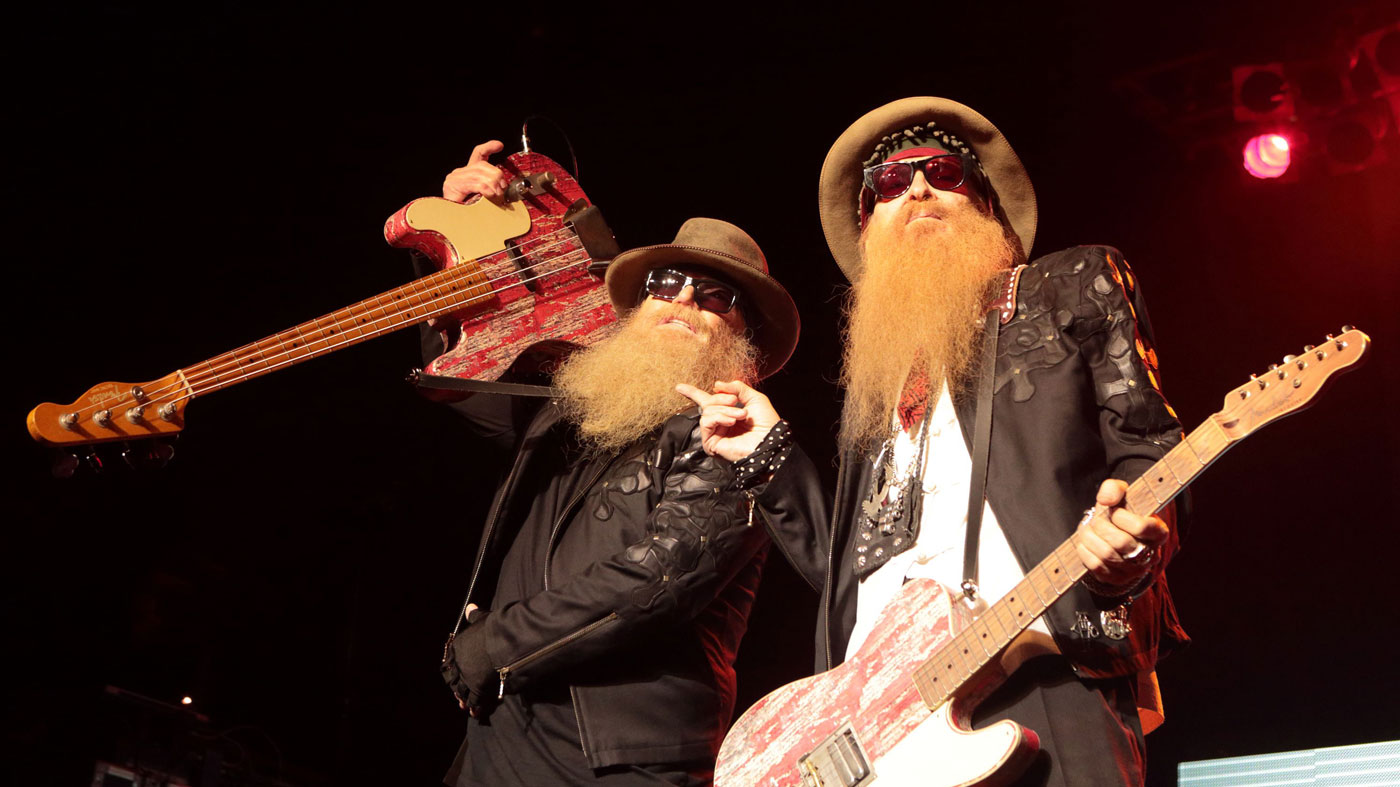
Hit the road jack
How living around the world inspired Billy’s creativity…
They say, travel expands the IQ more than any book-learning and I tend to agree
“They say, travel expands the IQ more than any book-learning and I tend to agree. The sunlight looks different in places all around the planet, and all the aromas, flavours and senses are enlivened through travel.
“It seems to soak in with permanence and I think because of that, it will positively affect one’s openness to experimentation when playing. I highly recommend getting down the road a bit - seriously, don’t let the mileage freak you out. That won’t change... they haven’t figured out a way to shorten the mile yet!”
ZZ Tops’s latest live album, Tonite At Midnight: Live Greatest Hits From Around The World, is available now on Puretone Records.
Don't Miss
Billy Gibbons picks his standout moments from a 47-year career with ZZ Top
Billy Gibbons's 10 favourite blues albums of all time
Billy Gibbons talks ZZ Top: The Complete Studio Albums (1970-1990)
Amit has been writing for titles like Total Guitar, MusicRadar and Guitar World for over a decade and counts Richie Kotzen, Guthrie Govan and Jeff Beck among his primary influences. He's interviewed everyone from Ozzy Osbourne and Lemmy to Slash and Jimmy Page, and once even traded solos with a member of Slayer on a track released internationally. As a session guitarist, he's played alongside members of Judas Priest and Uriah Heep in London ensemble Metalworks, as well as handling lead guitars for legends like Glen Matlock (Sex Pistols, The Faces) and Stu Hamm (Steve Vai, Joe Satriani, G3).


